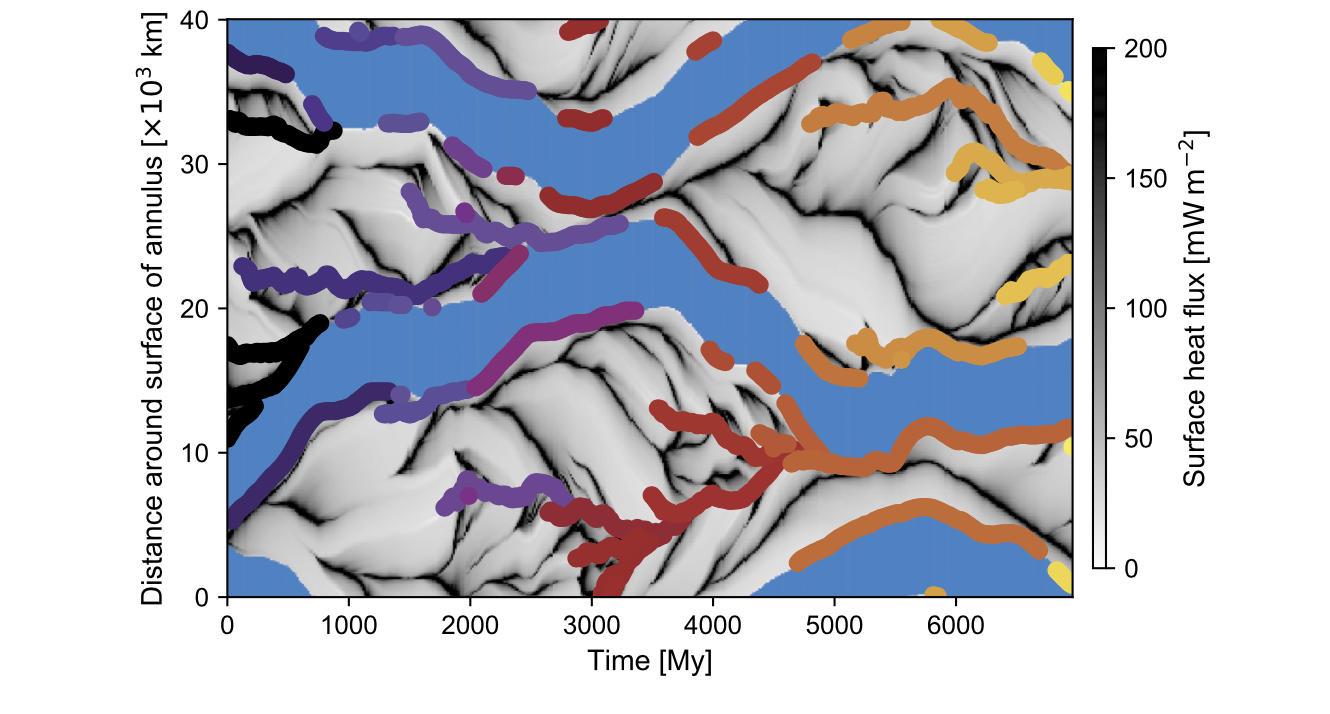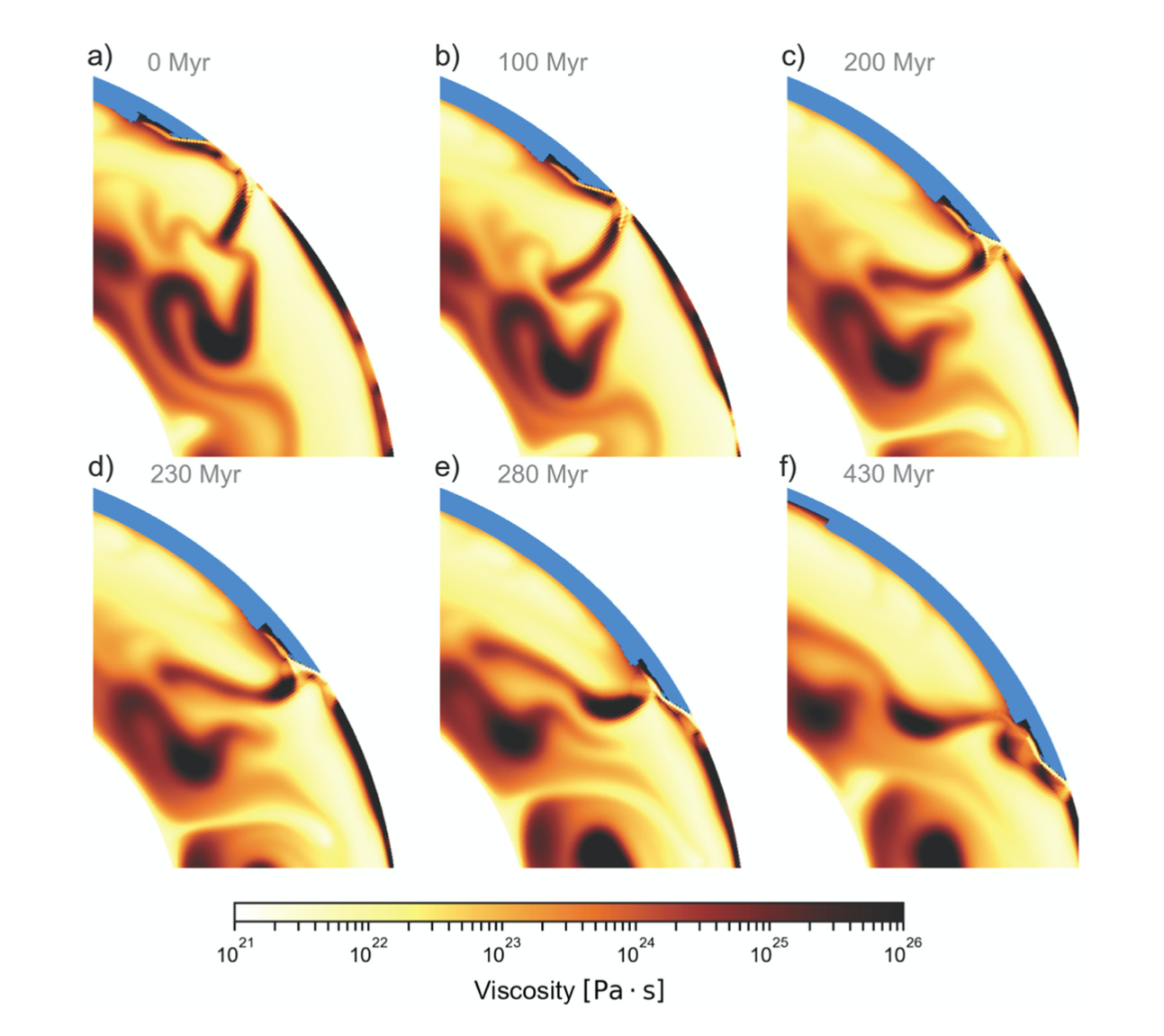
While the continents are spread out across the Earth at present day, we know that at various times in Earth's history these same continents were assembled together in larger “supercontinents”. These supercontinents eventually fragment by a process called continental rifting, but certain aspects of the kinematic evolution of this process remained elusive so far. We created a series of sophisticated computer simulations of mantle convection in which continental rifts emerge naturally when the forces acting on assembled continents become large enough to break them apart. The simulations show that continental breakup involves a positive feedback loop, where the faster the continents move apart, the more quickly the connection between them weakens—similar to a rope that is stretched until it yields and eventually snaps. This speed‐up of the continents can trigger the formation of new plate boundaries elsewhere on Earth, even at large distance to the rift. We also find that the continents often slow down again once the continents are separated and a new ocean basin is formed.
READ MORE
Imagine that a new subduction zone is initiating at the Earth's surface. Is it preferentially initiating close or far from the continent? And how do plate motions influence subduction inception? What happens after an ongoing subduction zone develops? And at which locations with respect to the position of the continental margins does subduction zone cease? I adress these questions using numercial simulations and combine results with plate tectonic reconstructions. Turns out subduction initiation and cessation are not random within the oceans on Earth. I show that location of subduction initiation is controlled by the lithospheric strength and number of continents. Intra-oceanic subduction initiation is then more likely during the times of supercontinents such as Pangea. On the other hand, present continental dispersal favours incipient subduction close to continents.
READ MORE
Volcanic subaqueous explosions can generate hazardous tsunamis, especially in lakes. We simulate different scenarios of subaqueous explosions and related tsunamis in Taal Caldera Lake (Luzon, Philippines). Taal volcano is one of the most active volcanoes in Southeast Asia, and eruptive processes are mostly explosive. Its recent activity lead to evacuation of the large area around the lake. We test different explosion sizes at different explosion sites in the lake. We give predictions for the tsunami travel times, maximum wave heights, and wave periods at the shoreline. This type of hazard is typically neglected and our work has important implications for hazard assessment around Taal Lake.
READ MORE



